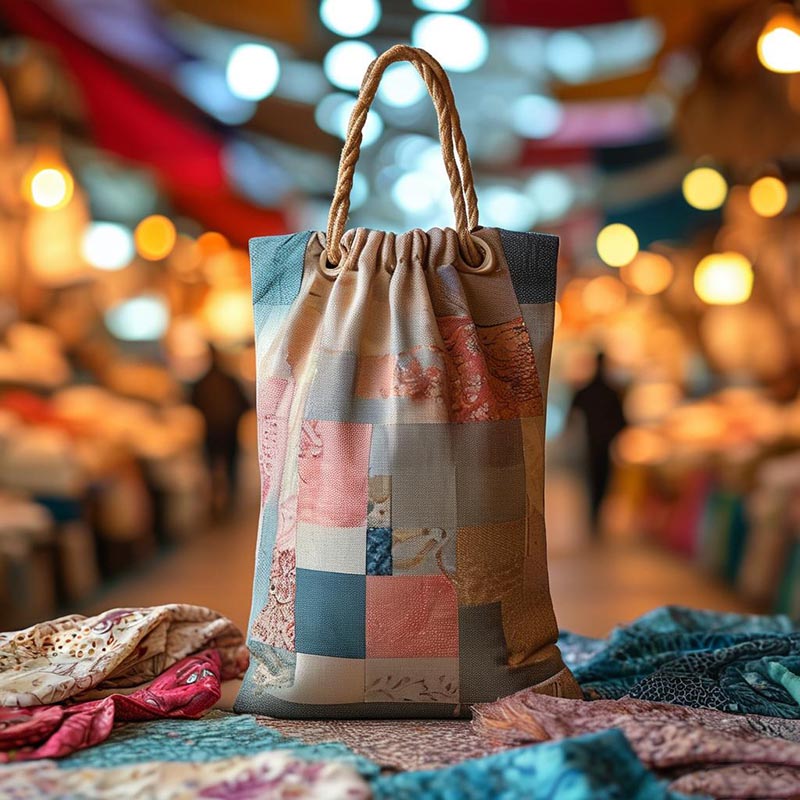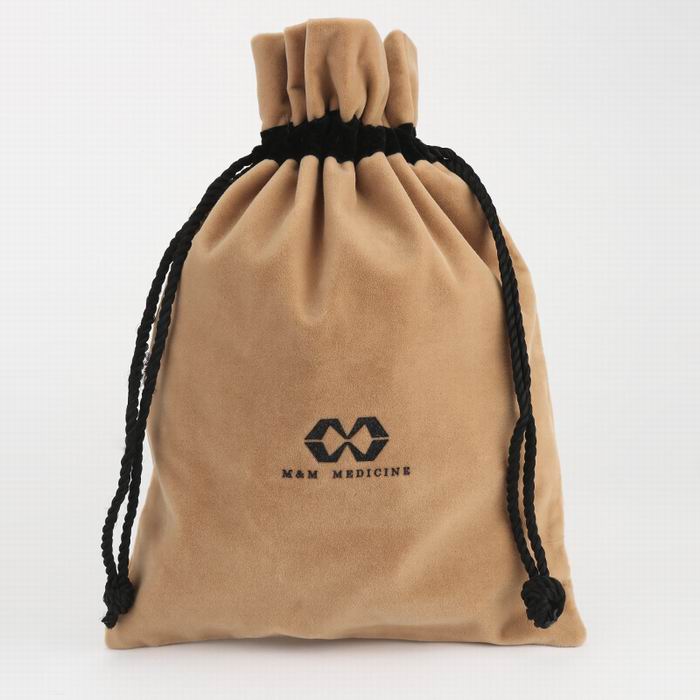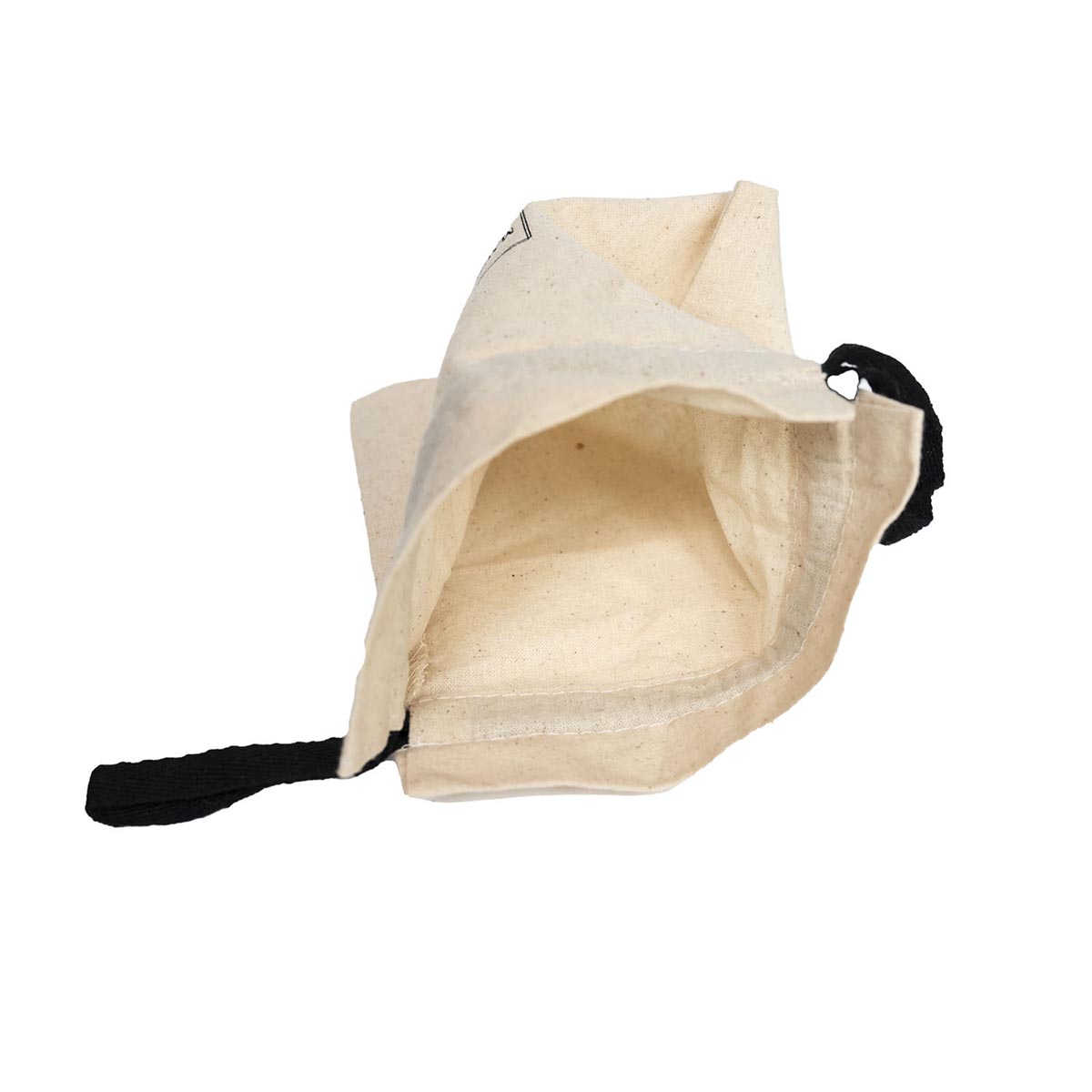Current Landscape and Future Trends of the Drawstring Bag Market
Amid the sweeping restructuring of global manufacturing, the drawstring bag industry is undergoing a profound structural transformation. According to third-party data, the global drawstring bag market reached USD 18.7 billion in 2023, with a compound annual growth rate (CAGR) of 9.3%. However, market polarization is intensifying: a “barbell-shaped” distribution is emerging, with premium customization and budget basics occupying the two ends, while traditional mid-range offerings are seeing their profit margins shrink. The rise of cross-border e-commerce has shortened production cycles from monthly batches to weekly responses. Meanwhile, increasingly stringent environmental regulations have made material selection a matter of strategic priority. These shifts present real challenges—such as inventory buildup and homogenized competition—but also offer opportunities for technological upgrades and business model innovation. A reallocation of value across the supply chain is now an inevitable trend.
1. Market Demand is Becoming Increasingly Polarized
The global drawstring bag market today shows a clear bifurcation between the high and low ends:
1.1 Premium Segment: The Symbiosis of Luxury and IP Licensing
- Data Insight: According to LVMH Group’s 2023 packaging procurement report, luxury-brand drawstring bags can exceed $25 per unit—8 to 12 times more expensive than standard versions.
- Technical Thresholds:
- Fully automated heat transfer systems with ±0.1 mm tolerance
- Anti-counterfeit metallic thread weaving (adds $0.80 per unit, with a value uplift of up to 5.2x)
- Case Example: Gucci’s co-branded anime series line features glow-in-the-dark coating and RFID tags, with over 500,000 pre-orders in a single month.
1.2 Budget Segment: The “Invisible Battleground” of Southeast Asian E-Commerce
- Operational Model:
- Average daily consumption on platforms: Lazada/Shopee – Indonesia: 820,000 units; Vietnam: 540,000;
- Philippines: 390,000
- Viral product formula: <80g weight + foldable to palm size + printing cost <$0.03
- Cost Control:
- Bangladeshi yarn is 14% cheaper than Zhejiang suppliers ($1.85/kg vs $2.15/kg)
- Vietnam labor cost advantage: $0.38/unit vs China’s $0.63/unit
1.3 Mid-Market Transformation Paths
- Inventory Optimization Case: A Dongguan factory repurposed 200,000 unsold mid-tier units by:
- Adding detachable inner liners (cost +$0.40, resale price +$3.50)
- Applying waterproof coating (equipment investment: $120,000; price premium: 29%)
- Efficiency Upgrades: IoT-enabled sewing machines helped reduce defect rates from 7.2% to 1.8%
2. E-Commerce Fuels the Rise of Mass Customization
Online sales are reshaping traditional production paradigms:
- Small-Batch Custom Orders Are the New Norm
- On cross-border platforms, personalized orders (e.g., name embroidery, logo printing) make up nearly 40% of all sales. Some manufacturers report 18% higher margins on micro-orders (fewer than 200 units) compared to traditional bulk orders.
- Virtual Design Tools Boost Conversion
- Shops offering “live design preview” features on their websites have triple the conversion rate of regular stores.
- Regional Product Preferences Vary Widely
- Europe & North America: Prioritize eco-certification (e.g., recycled materials)
- Southeast Asia: Prefer vibrant colors and larger capacity
- Japan & Korea: Favor compact, portable formats
3. Practical Directions for Factory Upgrades
- Flexible Production Equipment
- Investing in quick-change sewing machinery allows for handling up to 12 different bag sizes on the same line, with switchovers in under 15 minutes.
- Innovative Material Applications
- EU regulations are accelerating PLA adoption
- Recycled plastics in North America command a 40% premium
- Modular components (e.g., replaceable straps) help extend product life cycles
- Localized Warehousing
- Small-scale distribution centers in Mexico and Turkey can reduce delivery cycles from 45 days to just one week—ideal for urgent orders.
4. Building a Regulatory Compliance Shield in 2024
4.1 EU PPWR Compliance Strategy
- Material Substitution:
- Countdown to PE ban: 24 months
- Transition blend: 30% recycled PE + 70% PLA (most cost-effective compliant mix)
- Certification Requirements:
- Mandatory: TÜV OK compost INDUSTRIAL
- Recommended: Cradle to Cradle Bronze
4.2 California AB1201 Regulatory Response
- Heavy Metal Restrictions:
- Lead content must be <100 ppm (previously 300 ppm)
- Solution: Water-based ink printing (adds $0.05/unit)
4.3 Market Entry Strategy for Emerging Regions
- Indonesia SNI: Requires tensile strength >980N for drawcords
- Saudi SASO: Mandates bilingual labeling in English and Arabic
5. Key Strategic Breakthroughs for the Next Three Years
- Materials Bank Model:
- Create a shared recycled material database to enable circular supply among different clients
- Modular Design Systems:
- Develop detachable component structures to lengthen product life cycles
- Regional Micro-Factories:
- Establish mini-production hubs in Mexico and Turkey to support 72-hour delivery zones
- Digital Product Passports:
- Leverage blockchain to record each product’s lifecycle data and meet EU CSRD requirements
6. Conclusion
In an era of segmented global markets, agility is the new competitive edge for drawstring bag manufacturers. From smart production lines and sustainable materials to precision-targeted e-commerce strategies, every link in the value chain must be reimagined through the lens of differentiation. The data tells a clear story: scale alone is no longer enough. Success now hinges on turning compliance costs into technical advantages, connecting customization needs with digital tools, and embedding regional preferences into product design. Over the next three years, the industry will evolve into a closed-loop ecosystem defined by demand sensing, rapid fulfillment, and material circularity. Those who lead in automation, regulatory readiness, and modular service innovation will hold the power to redefine market rules.





 We like to do design according to all the customers' requirements, or offer them our new designs. With strong OEM/ODM capabilities, we can fill your sourcing demands.
We like to do design according to all the customers' requirements, or offer them our new designs. With strong OEM/ODM capabilities, we can fill your sourcing demands.